I mentally sorted through a ridiculous number of books to get this post down to five favorites, but I think they’re all good starting points for non-genre readers. If I had to hand someone a stack of books that would be guaranteed to get them to come back for more, these would be it.
 The Sparrow by Maria Doria Russell
The Sparrow by Maria Doria Russell
When I first read this book, someone described it as “Jesuits in space”. While that description is technically true, this book has endured as one of my favorite books in any genre.
When eerily beautiful music is picked up by an observation station, Father Emilio Sandoz is charged with the task of going to find the people (or non-people) who wrote it. Along with a kind but raggedy band of scientists and linguists, he sets off for Rakhat. What follows is an alternatively gentle and violent meditation on religion, humanity, colonization, and how even our best intentions can destroy the things we love.
Russell is a consistently poetic and thoughtful writer, and her own questions regarding religion and culture shine through in the book. What is our duty to each other? When do you really understand people who are different from you? Ultimately, The Sparrow supplies very few definitive answers, but will stick with you long after you’ve read it.
 Blackout/All Clear by Connie Willis
Blackout/All Clear by Connie Willis
These two books are listed together because they represent one very long manuscript that was split in two for publication. A word to the wise: there is no cliffhanger at the end of Blackout, and no recap in All Clear.
These books are also up for every big science fiction award this year, and are two of the best books I’ve read in years.
Polly, Eileen, and Mike are graduate students studying WW2. As time traveling historians, they can go back in time and observe, but are protected by the static laws of time travel. Eileen is sent to the countryside to observe the evacuated children, while Polly works as a shop girl during the Blitz. Mike is embedded as a reporter at Dunkirk so he can study every day heroes. It quickly becomes clear that something has gone terribly wrong. Their return routes won’t open, and one or all of them may have done something to change the outcome of the war.
The book is more a study of the courage and chaos that ordinary people displayed during the Blitz, as well as a great historical novel that focuses on how individual actions can have a huge effect on history. The characters are likeable, and the dangers seem very real. If you’re into WW2 history, this is a great way to see it in a new light.
 Cordelia’s Honor by Lois McMaster Bujold
Cordelia’s Honor by Lois McMaster Bujold
Lois McMaster Bujold is singlehandedly reinventing the space opera genre with her Miles Vorkosigan series. Instead of focusing on high drama with aliens, she’s written a lengthy series that puts character, plot, and great writing above the hallmarks of the genre. She’s got some great female heroines as well.
Cordelia Naismith is a biologist exploring new eco-systems. Aral Vokosigan is affectionately known on his planet as “The Butcher of Komarr”, and has been left for dead by his mutinous crew on the same far off planet as Cordelia. They’re from entirely different cultures politically and ideologically, and as in most great romances, hate each other on sight. However, the desire to live can overcome many obstacles, so they end up working together to outsmart both assassins and a political coup to return home.
The strength of these books isn’t the plot (which is a light take on the normal political scheming and murder that you find in space opera), but the characters. Cordelia and Aral are real people with thoughts and opinions, and Bujold smartly explores the cultural and political differences between them.
 Neverwhere by Neil Gaiman
Neverwhere by Neil Gaiman
Neil Gaiman is a literary star, and Neverwhere is a fantastic example of why he is so popular. Originally a BBC miniseries, it was turned into a wonderful novel later on.
Richard Mayhew is an average London executive whose life is turned upside down when he nurses an injured homeless woman back to health in his apartment. The next day, he discovers that no one seems to be able to see him and that his job and his apartment have been given away to other people. He embarks on a quest to find Door and discovers a world where abandoned tube stations contain a community of people who are not what they seem.
Neverwhere is full of memorably creepy characters and an innovative use of the London subway system. You’ll never look at a map of London the same way again.
 Rose Daughter by Robin McKinley
Rose Daughter by Robin McKinley
Rose Daughter is the most traditional science fiction/fantasy book on this whole list, and Robin McKinley is a first rate fairy tale goddess. YA readers may know her as the author of the classic “The Hero and the Crown”, but she also writes stunning adult novels.
Rose Daughter is based on Beauty and the Beast, so don’t expect to be surprised by the plot. The meat of the story is in the characters and the incredibly detailed settings (the botanical descriptions are lengthy and gorgeous). Beauty and her three sisters move to a small cottage with a garden full of dead roses. Each of the sisters is struggling with themselves: Beauty is timid and hides out with her flowers, Lionheart is a tomboy, and Jeweltongue is too smart for the men in the town to take seriously. When Beauty finds herself traded for her father’s freedom, she also finds another garden that can be brought back to life. At its heart, Rose Daughter is a book about unconventional passions, whether that be flowers or Beasts or books. -HJ
 This year was a doozy. I consumed everything from nonfiction about animal consciousness to the modern classic Fates and Furies by Lemuria’s new best friend, Lauren Groff. I can’t even get into the second paragraph without telling you that The Godfather was hands down my favorite read of the year. You can read my blog about it here. I had the chance to sit down and talk to Garth Risk Hallberg about his meteoric rise in the literary world. Jon Meacham made me cry.
This year was a doozy. I consumed everything from nonfiction about animal consciousness to the modern classic Fates and Furies by Lemuria’s new best friend, Lauren Groff. I can’t even get into the second paragraph without telling you that The Godfather was hands down my favorite read of the year. You can read my blog about it here. I had the chance to sit down and talk to Garth Risk Hallberg about his meteoric rise in the literary world. Jon Meacham made me cry.


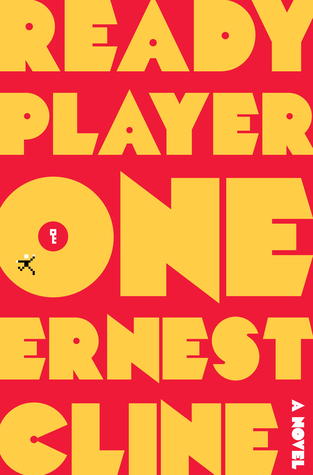



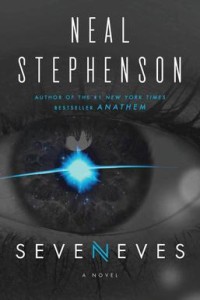

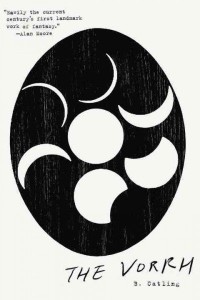

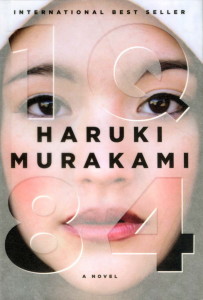
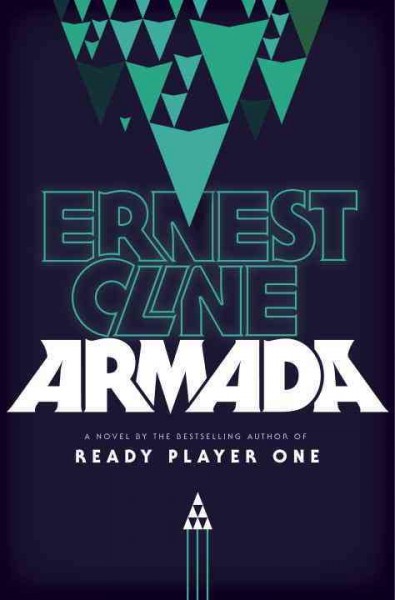

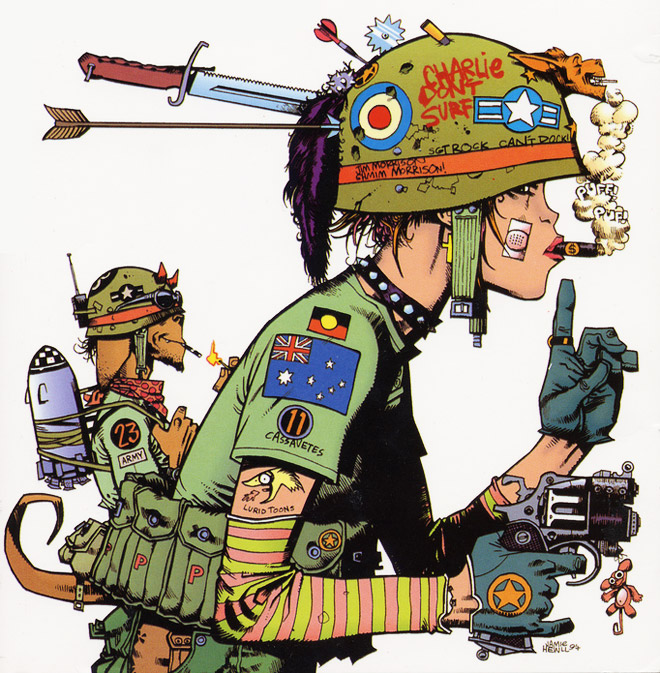
 It does, however, have a plot twist that’s bound to surprise. As the meme from the game Portal is weaved into Armada: The Cake is a Lie!
It does, however, have a plot twist that’s bound to surprise. As the meme from the game Portal is weaved into Armada: The Cake is a Lie!

 I hope you find this new swing in pop culture as exciting as I do. Come celebrate this nerd pride with us tonight at 5:00 in our .dot.com building and meet Ernest Cline himself. We’ll be the ones in the corner selling copies of Armada, Ready Player One, awesome merch, and quoting The Breakfast Club or arguing with you about the over use of the eagles in The Lord of the Rings. We would love to nerd out with you.
I hope you find this new swing in pop culture as exciting as I do. Come celebrate this nerd pride with us tonight at 5:00 in our .dot.com building and meet Ernest Cline himself. We’ll be the ones in the corner selling copies of Armada, Ready Player One, awesome merch, and quoting The Breakfast Club or arguing with you about the over use of the eagles in The Lord of the Rings. We would love to nerd out with you.
 He most certainly has the chops to pull this off, but why Chris Pratt wasn’t cast for the lead seems just plain irresponsible. Instead of going on and on about this oversight, I will say that Matt Damon is a great pick. His work with Kevin Smith in Dogma proves he can make fun of himself, and I’m certain nothing more needs to be said for his dramatic roles. Damon is handsome, smart, and endearing, but can he nail the everyman role that stumbles into a spaceship and gets trapped on Mars?
He most certainly has the chops to pull this off, but why Chris Pratt wasn’t cast for the lead seems just plain irresponsible. Instead of going on and on about this oversight, I will say that Matt Damon is a great pick. His work with Kevin Smith in Dogma proves he can make fun of himself, and I’m certain nothing more needs to be said for his dramatic roles. Damon is handsome, smart, and endearing, but can he nail the everyman role that stumbles into a spaceship and gets trapped on Mars?

 Dread, though a big fish, is not the biggest in PharmaLife’s infinite ocean. I’m not going tell you the end, I’m not going to tell you how cool and weird and terrible Designer Emotion 67 is, because I want you to read it for yourself, I want you to experience Yu’s craftsmanship, because it is wonderfully hilarious and fun and yet frighteningly close to home.
Dread, though a big fish, is not the biggest in PharmaLife’s infinite ocean. I’m not going tell you the end, I’m not going to tell you how cool and weird and terrible Designer Emotion 67 is, because I want you to read it for yourself, I want you to experience Yu’s craftsmanship, because it is wonderfully hilarious and fun and yet frighteningly close to home.






